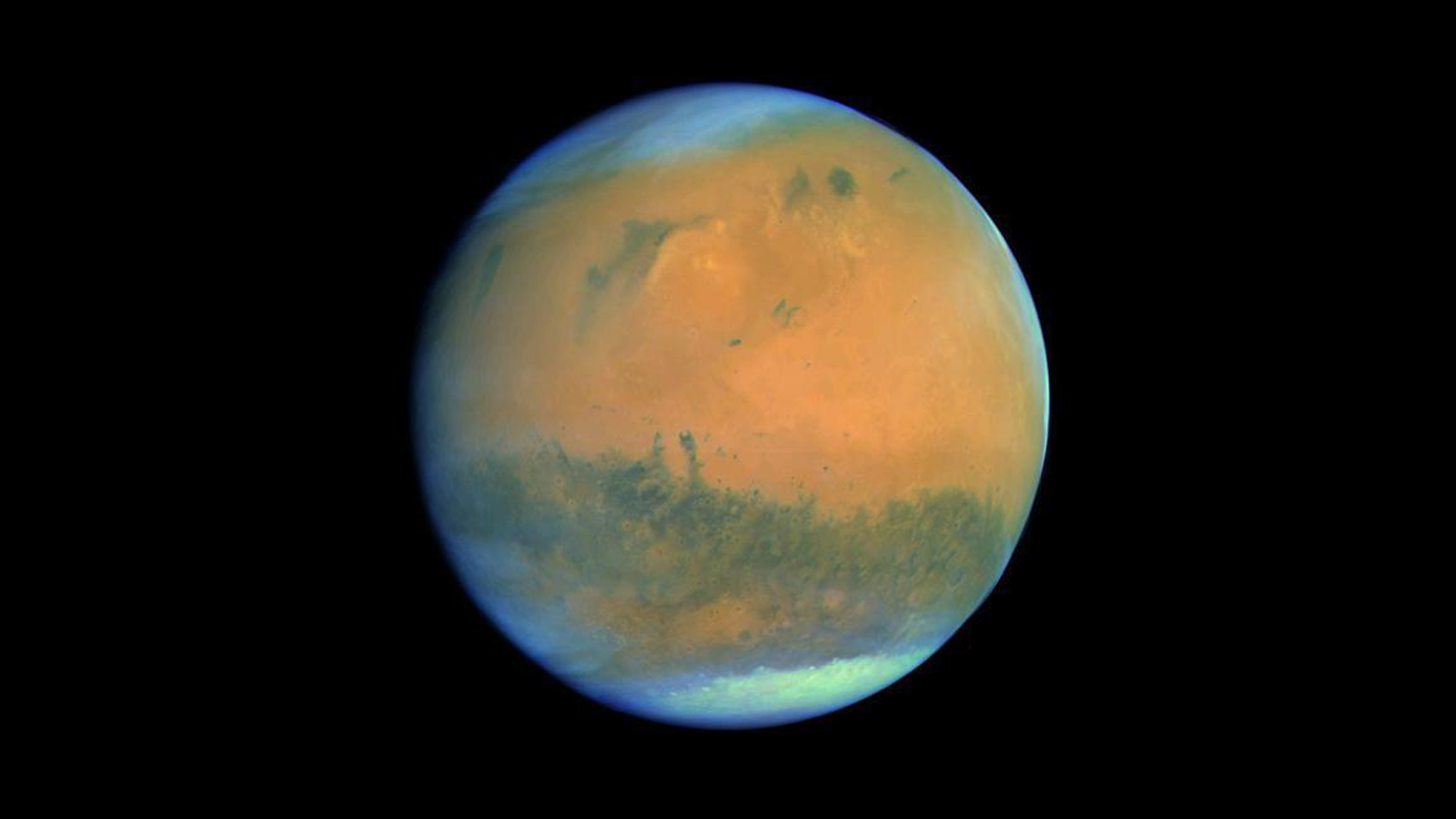Popsci
1M
351

Image Credit: Popsci
Why is Mars red? Our old understanding might be wrong.
- A new study published in Nature Communications challenges the old understanding of how Mars got its red color.
- The hypothesis focuses on ferrihydrite, which might have formed when Mars still had water, potentially during a habitable period.
- Mars acquired its red color from rusted iron minerals reacting with water and oxygen, similar to rust formation on Earth.
- Iron in Mars' rocks reacted with oxygen and water in its wetter past, creating rust that was washed into rivers and seas.
- Volcanic activity and ice-melting events further contributed to the rust formation on Mars.
- New analysis suggests that Mars' red color is better matched by ferrihydrite, an iron oxide containing water, rather than hematite.
- Ferrihydrite likely formed when Mars still had water on its surface, preserving a watery signature for billions of years.
- Comprehensive proof of ferrihydrite in Martian dust was obtained through a study combining space mission data and lab experiments.
- ESA's Mars Express and Trace Gas Orbiter, along with NASA's Mars Reconnaissance Orbiter and rovers, contributed to the research.
- Future missions like NASA's Perseverance rover and ESA's Rosalind Franklin rover aim to deepen the understanding of Mars' red color.
Read Full Article
21 Likes
For uninterrupted reading, download the app